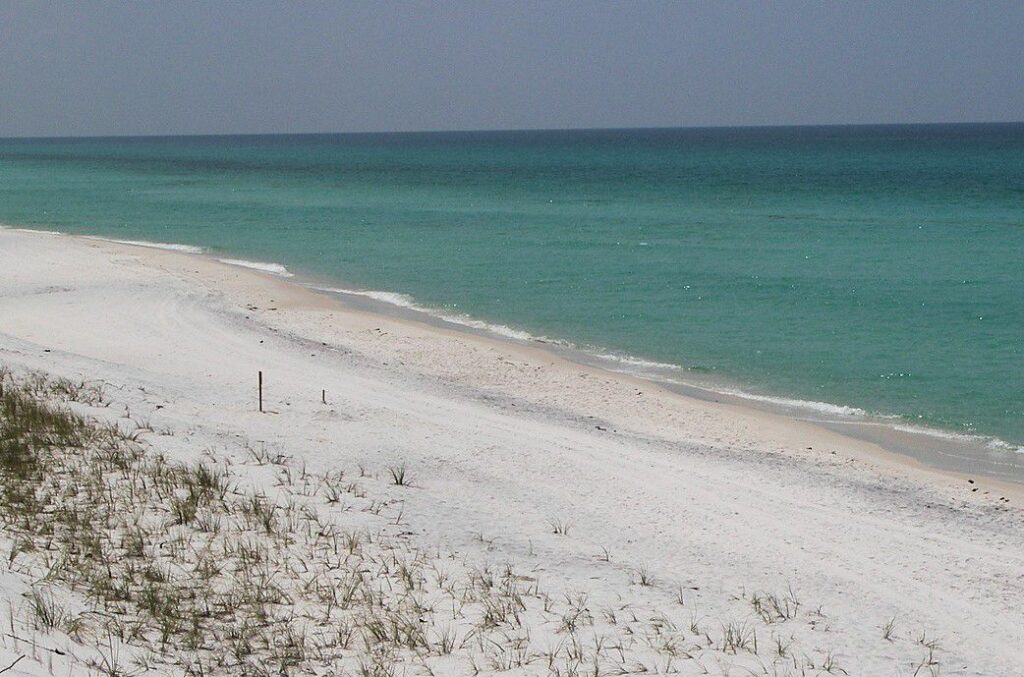How Are Airboat Tours Different from Other Boat Tours?
With so many Central Florida attractions vying for a top spot among the hearts of residents and visitors, it can be hard to find the best bang for your buck. Anyone looking to have a truly exclusive experience in Florida will end up deciding between a range of outdoor adventures, but there’s only one option that fits the budget and exceeds the expectations of every passenger possible: airboat tours.
Airboat tours are a great way to walk on the wild side without spending wild amounts of money, and they’re a fantastic, family-friendly option for parties of all ages. If you still aren’t entirely sure whether these tours are right for you, take a look at what makes them stand out from all the rest.
They’re Super Personal
Unlike ferry rides and other large boat tours, airboat tours provide a truly intimate experience. Tour guides can effortlessly maneuver the watercraft through intricate passages to bring guests to some of the most exclusive scenes in the state. And, rather than pushing their way to the edge of the ride just to get a decent glimpse at what lies beyond, every airboat passenger gets the best seat on the boat.
They’re Full of Adventure
You don’t have to be a thrill-seeker to enjoy an airboat tour, but these rides are an absolute blast for adventurers of all ages. Airboats can reach high speeds and rip through virtually anything that Florida waters throw their way, but they’re also a safe outdoor alternative. Because these captains have years of experience navigating the waves and controlling the watercraft, you can bring your entire family along for a Florida airboat tour without a worry.
They’re Practically Unlimited
Regular motorboats easily get stuck in the muddled waters of Florida, but airboats were designed to coast across waves and navigate through all kinds of vegetation. Airboats can easily trek through shallow waters, crowded coves, and tangled depth, because the massive propellers allow the boat to graze just above the surface.
They’re Safer for Wildlife
Airboats aren’t fueled by underwater motors, which means they can safely skim across waters without disturbing surrounding wildlife. Sure, these large boats can cause some ripples and ruckus on the surface, but they aren’t nearly as upsetting to Florida’s aquatic creatures as some other boat tours can be.
They’re Incredibly Affordable
Considering the speeds you reach and the scenes you encounter on an airboat tour, these attractions certainly pack in a ton of value. Rather than drifting through calm waters with a cheap paddleboat tour or racing through waves with a luxuriously priced speedboat rental, airboats offer top-speed adventures, one-of-a-kind views, and safe sailing at an unbeatable rate.
Airboat Tours on Lake Kissimmee
If you want an unforgettable outdoor adventure, book your spot on an airboat tour with Grape Hammock. Our seasoned tour guides take passengers throughout the exceptional waters and abundant ecosystem of Lake Kissimmee to provide a unique experience on every single outing.


















